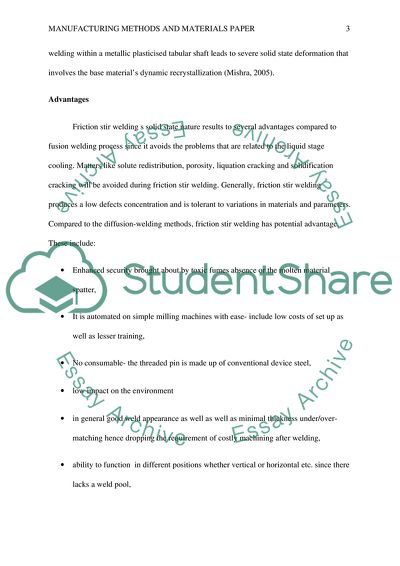Cite this document
(Manufacturing Methods and Materials Paper Essay Example | Topics and Well Written Essays - 1500 words, n.d.)
Manufacturing Methods and Materials Paper Essay Example | Topics and Well Written Essays - 1500 words. https://studentshare.org/engineering-and-construction/1850325-manufacturing-methods-and-materials-paper
Manufacturing Methods and Materials Paper Essay Example | Topics and Well Written Essays - 1500 words. https://studentshare.org/engineering-and-construction/1850325-manufacturing-methods-and-materials-paper
(Manufacturing Methods and Materials Paper Essay Example | Topics and Well Written Essays - 1500 Words)
Manufacturing Methods and Materials Paper Essay Example | Topics and Well Written Essays - 1500 Words. https://studentshare.org/engineering-and-construction/1850325-manufacturing-methods-and-materials-paper.
Manufacturing Methods and Materials Paper Essay Example | Topics and Well Written Essays - 1500 Words. https://studentshare.org/engineering-and-construction/1850325-manufacturing-methods-and-materials-paper.
“Manufacturing Methods and Materials Paper Essay Example | Topics and Well Written Essays - 1500 Words”. https://studentshare.org/engineering-and-construction/1850325-manufacturing-methods-and-materials-paper.


